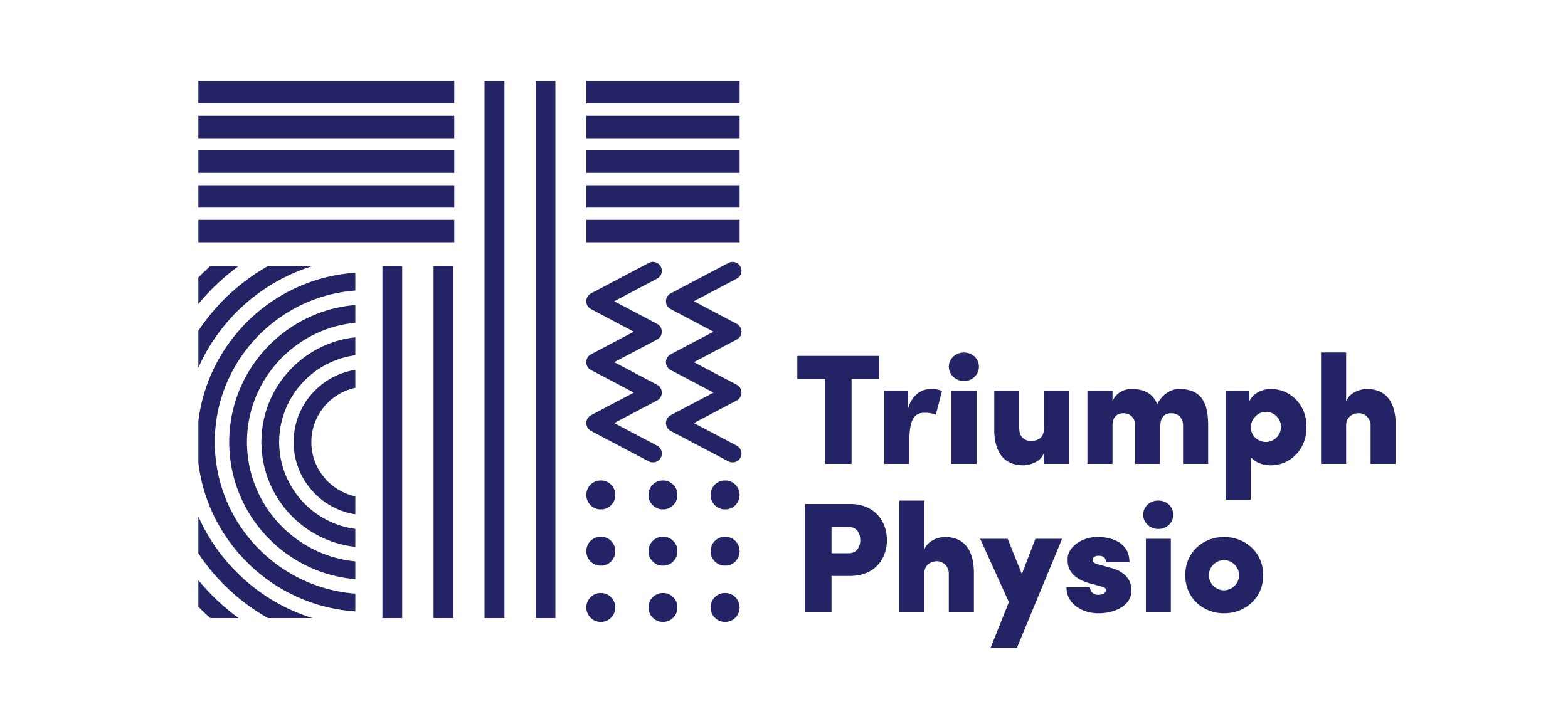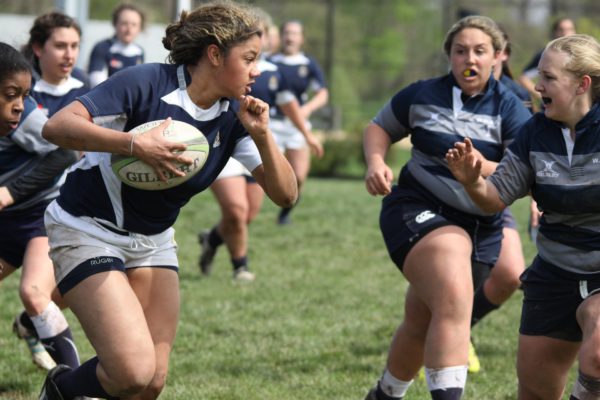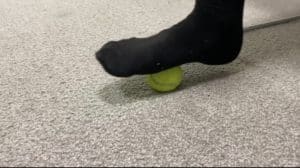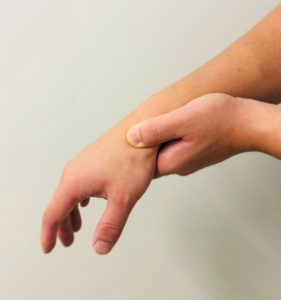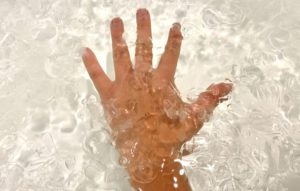Osgood-Schlatter disease is a knee condition that commonly affects adolescents, typically those who participate in sports, especially jumping sports.
Osgood-Schlatter disease is an overuse knee injury that generally affects adolescents. Typically those who participate in sports that involves more running or jumping. The condition can lead to a bony bump at the top of the shin that gradually builds up over time, which can last up to 2 years. Though there is no direct known cause for Osgood-Schlatters disease there are many risk factors that can cause the condition. ). Between 8-10% of the adolescent population will experience Osgood-Schlatter disease.
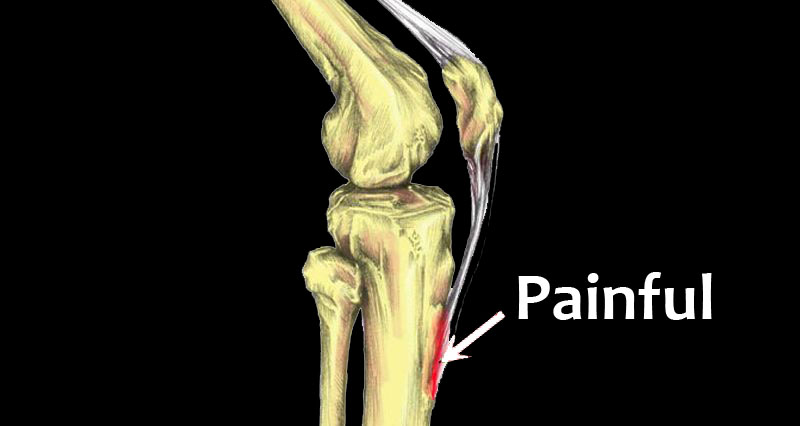
Risk Factors causing Osgood-Schlatter disease
There are numerous risk factors that can cause Osgood-Schlatter disease can also be caused by an imbalance between the muscles that pull the kneecap and those that straighten and bend the leg. This can be caused by weak quadriceps or tight hamstring muscles. Younger males are statistically more at risk, especially if they are participating frequently in sports such as rugby, football and/or basketball. Below is summary of risk factors
- Age: 10-15 years old
- Gender: Males > Females
- Increase in activity involving running, jumping and agility
- Reduced flexibility
- Reduction in lower limb strength
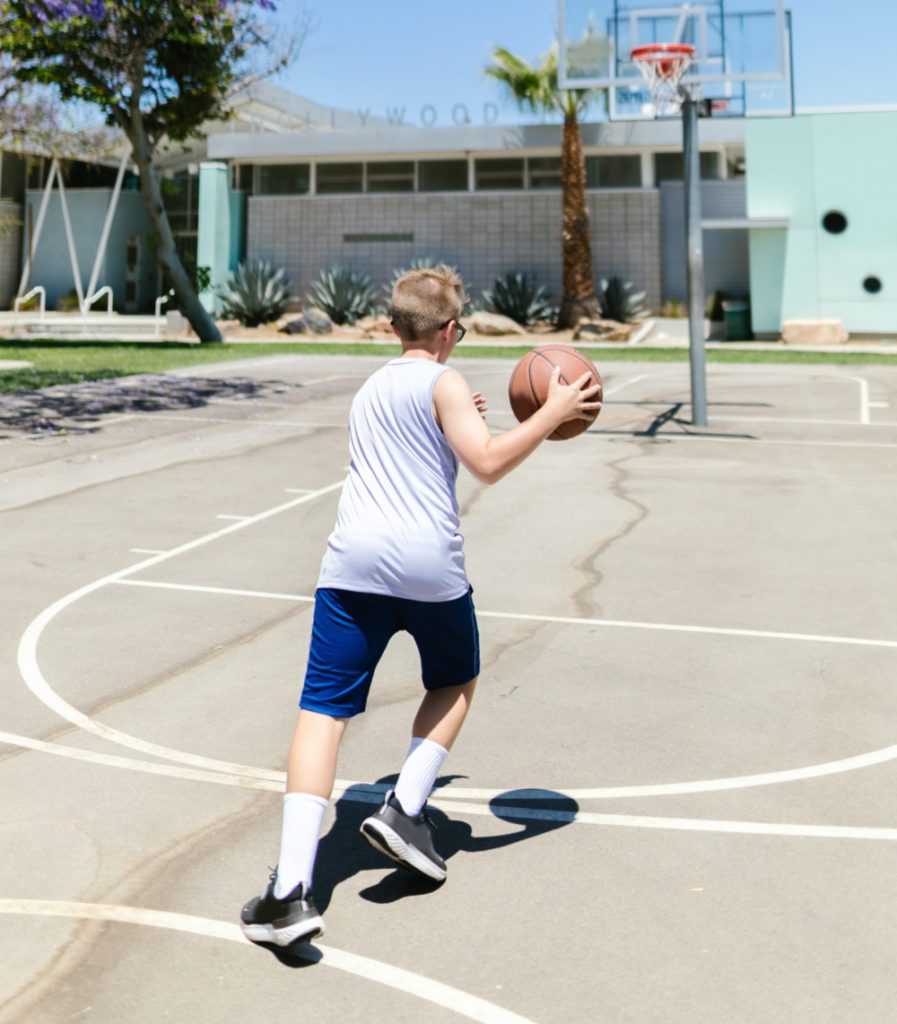
Symptoms of Osgood-Schlatter include pain and swelling below the kneecap that intensifies with activity and often subsides when rest.
The symptoms of Osgood-Schlatter disease include pain and swelling below the kneecap. Pain may be worse in the morning or after a long day of activity, but it is not present at all times. Swelling isn’t always present either.
Symptoms
- Pain and swelling below the knee cap
- Increase in pain during activities with heavy loading on the tendon (e.g. kneeling, running, squatting)
- In some cases a bony bump below the knee cap
- Usually occurs on one knee, but in some cases can be both
Treatment of Osgood-Schlatters disease focuses on controlling the pain and inflammation in the knee while focusing on strengthening the muscles around the knee
Physiotherapy Treatment
To relieve immediate acute pain after physical activity
- Ice
- Taping to unload the tendon
Complete rest with icing without a strengthening program should be avoided!
Activity modification
- Reduce frequency or intensity of sport to a level that doesn’t cause pain
- Incorporating more low level impact exercise such as swimming to maintain activity levels
- There is minimal evidence to support complete rest for a quicker recovery
Biomechanics
- Analysing running, landing, movement strategies to ensure proper loading of tendon
- Proper footwear that supports the arch and absorbs impact
Exercises
- Strengthening and stretching of surrounding musculature: quadriceps, hamstrings, gastrocnemius and gluteals.
Sports and exercise shouldn’t stop, but modified to allow for healing while keeping strength and endurance levels up. Temporarily switching to activities with less impact such as swimming and biking can help
Current research suggest the best way to heal from Osgood-Schlatters disease is by maintaining the strength you have built in your legs & modifying activity.
Conclusion
Osgood-Schlatters disease is a knee condition that commonly affects adolescents, typically those who participate in sports, especially jumping sports. The exact cause of Osgood-Schlatters disease is unknown; however, it may be related to an imbalance between the muscles that pull the kneecap and those that straighten and bend the leg. Treatment focuses on controlling pain while allowing the athlete to continue participating in some form of sport or exercise.
References:
Smith and Varacallo (2018). Osgood Schlatters disease
Purushottam et al. (2007). Osgood Schlatter syndrome
For more information or to get your injury treated
Triumph Physio operates in Mt Wellington and Newmarket, Auckland. We have qualified Physiotherapist with a keen interest in sports physio registered under ACC that can help For more info call us on 09 526 1448 or book online by clicking on the button below
